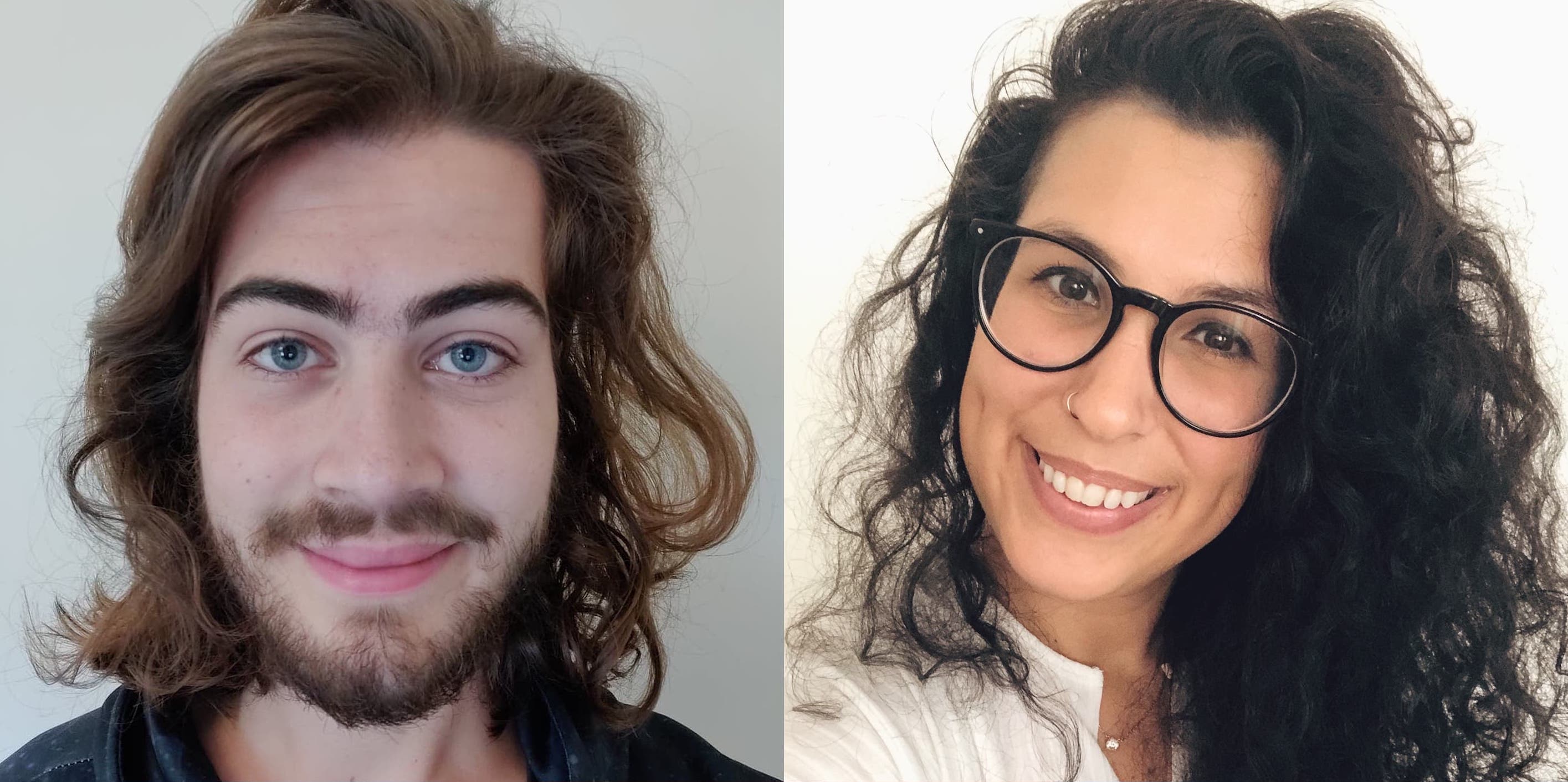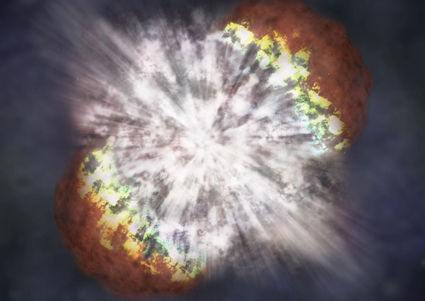It is the time of year when, with a mixture of joy, pride and sadness, we must congratulate but also say goodbye to members of our group as they move on in their careers to exciting new opportunities.
First, we send our congratulations to Miika Pursiainen for a successful defence of his thesis "Peculiar Optical Transients in the Dark Energy Survey". This research involved the study of rapidly evolving optical transients (RETs) in the Dark Energy Survey (DES), which are difficult events to discover as despite being as bright as typical supernovae, they evolve on significantly shorter time scales. A particular highlight of his PhD was the discovery of 72 RETs – the largest number of such objects found to date! (Press release available here.) He is now taking up his first postdoctoral position at DTU Space in Copenhagen, Denmark, working with Giorgos Leloudas.
Also leaving us is postdoctoral researcher Claudia Gutiérrez, who is moving to a Fellowship position with the Finnish Centre for Astronomy with ESO (FINCA) at University of Turku, Finland. Whilst in the Southampton Supernova group, her focus has been on core-collapse supernovae and peculiar supernovae. She is a specialist in spectra and spectral properties of CCSNe and their host galaxies. A particular publication highlight is her 2018 paper "Type II supernovae in low-luminosity host galaxies", comparing the spectral and photometric parameters of type II supernova (SN II), and studying the influence of metallicity on SN II properties.
Finally, we are also saying goodbye to postdoctoral researcher Mat Smith, who is taking up an exciting new position working with Mickael Rigault at CNRS/IN2P3 in Lyon, France. In his time in the Southampton Supernova group, he has been a key member of the team, utilising type Ia supernovae (SNe Ia) to determine the content, nature and eventual fate of the Universe. A member of DES, he studied the diversity of SNe Ia, by considering how the galactic environment, spectral and colour information of the supernovae affects their inferred distances. He also studied rare superluminous supernovae (SLSN), using spectra and light-curve information to understand their physical nature, and in 2018 published the discovery of the most distant supernova ever detected, SLSN DES16C2nm! (Press release available here.)
They will all be greatly missed, but we wish them the very best of luck and success in their new endeavours.


